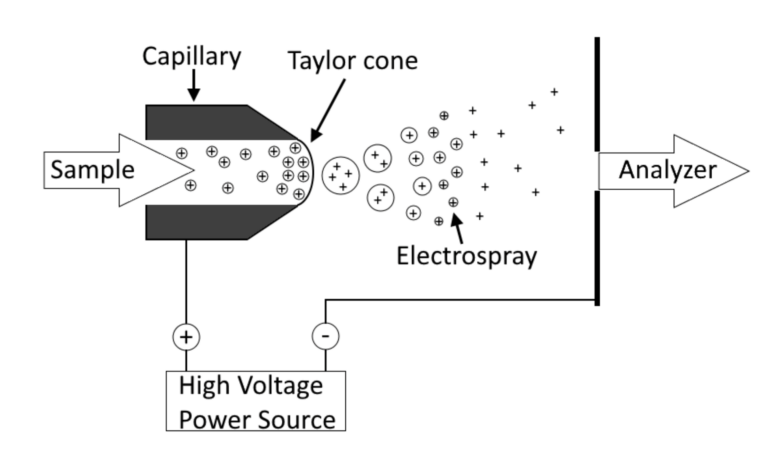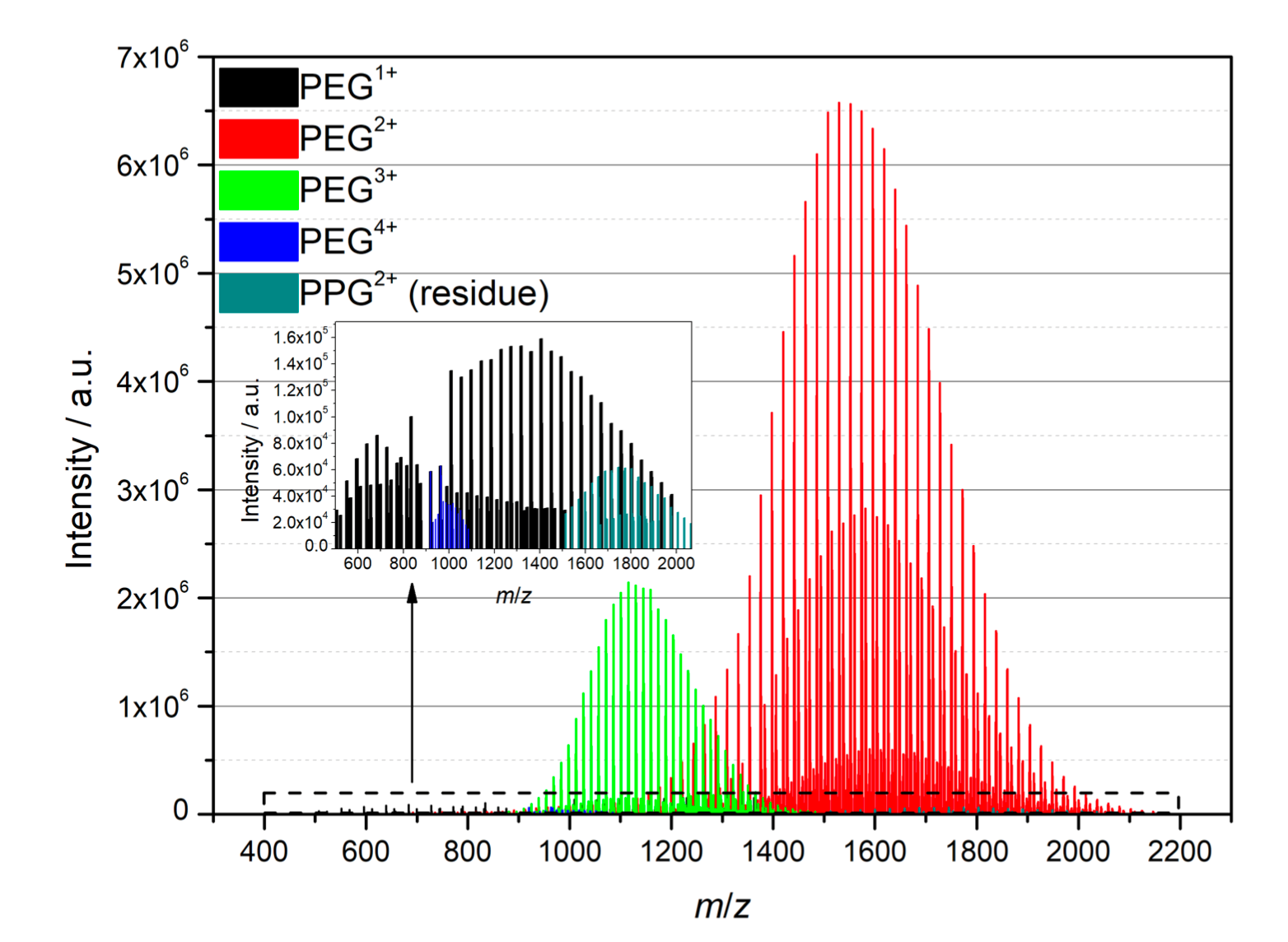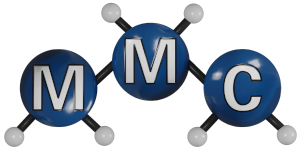Research
Mass Spectrometry of Polymers
The Macromolecular Chemistry Group in Göttingen has many years of expertise in soft ionization mass spectrometry. In parallel to our physicochemical and synthetic work in polymer science, we have now been using mass spectrometry for the detailed characterization of polymers for many years. For example, polymers from radical polymerizations have been analyzed by ESI-MS for their end groups to determine the relative concentrations of the polymerization-initiating radicals. Many different families of technically important peroxide initiators have been studied in detail. The primary radicals released by these initiators are often different from the radicals that initiate the actual chain growth and thus form the end groups of the polymer chains. Decomposition reactions, rearrangements and transfer reactions cause a change in the initial radical spectrum, which has a strong impact on the product properties, especially for very short polymers.
We also developed new methods to determine the efficiency of radical initiators and the termination mode of growing macroradicals using ESI-MS. In other work, conventional ESI-MS was used to unambiguously determine the topology of polymers. Ion mobility mass spectrometry has been used to measure collision cross sections of polymers as a function of the number of monomer units per chain, which could be directly related to the value of chain stiffness. This method is extremely fast and easy to perform and provides an amazingly fast access to the conformational data of synthetic polymers and also allows the accurate analysis of the block sequences in triblock copolymers. Further information can be obtained when investigating doubly-charged ions in ion mobility mass spectrometry: The interaction of two charges bound to a macromolecule deforms the polymer chain in a specific way and, assuming an equilibrium between elastic and Coulomb forces, the dielectric constant of polymers can thus be determined.



